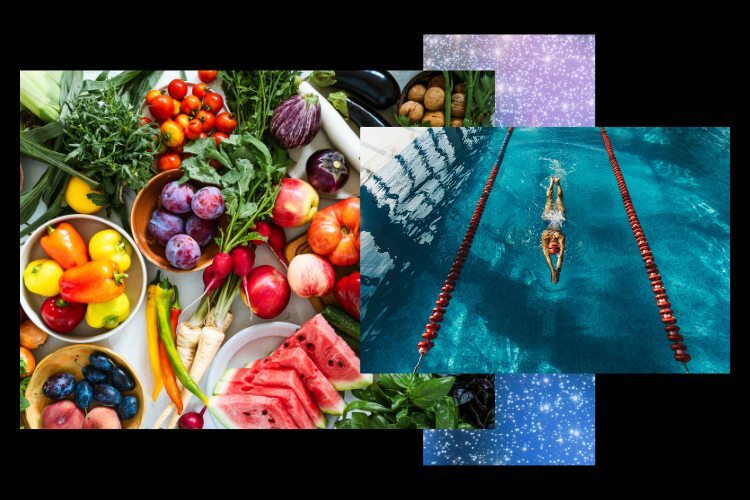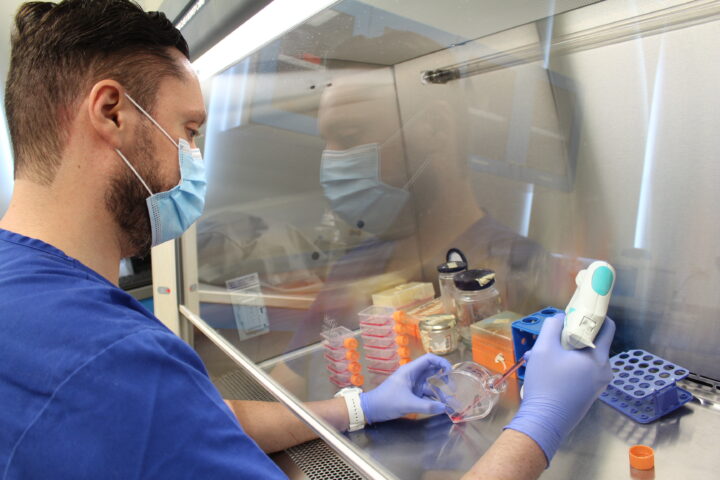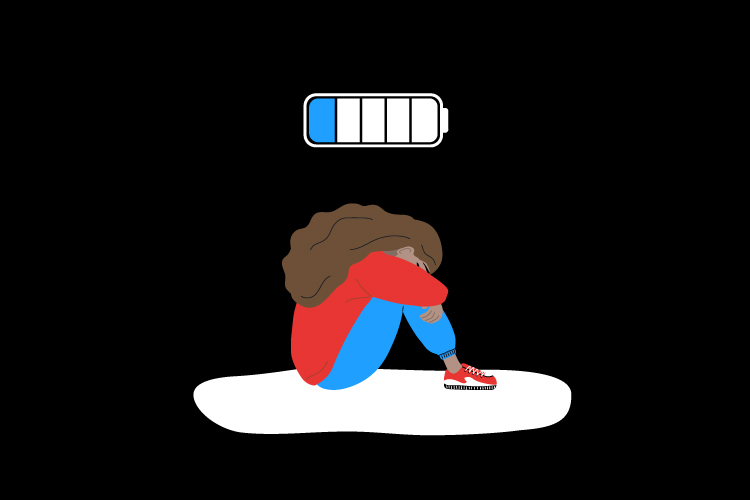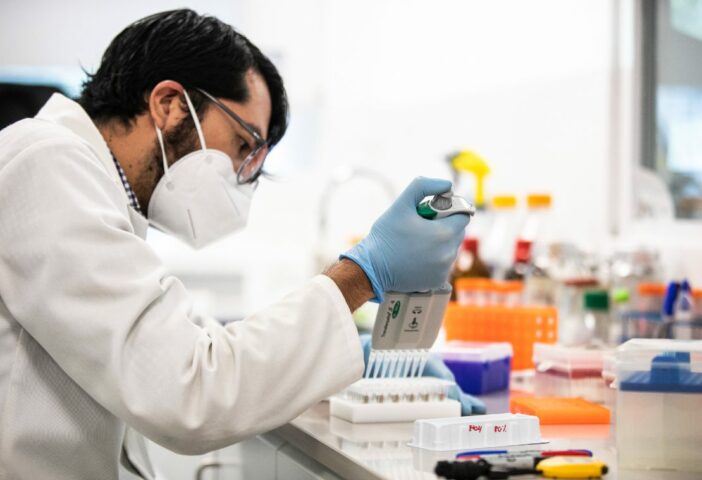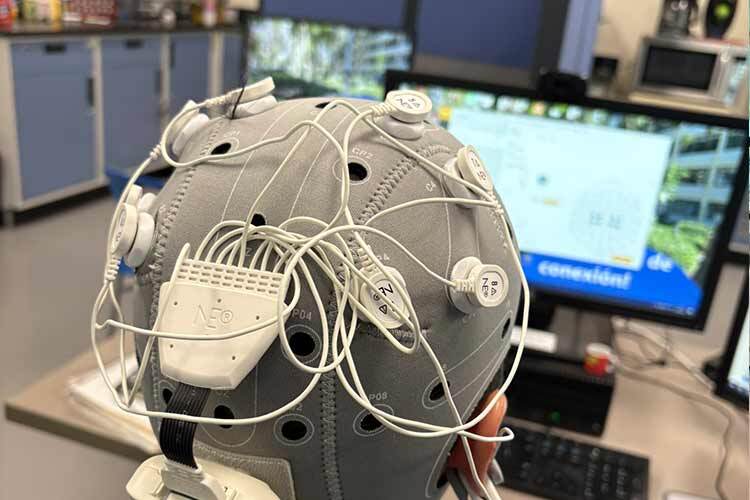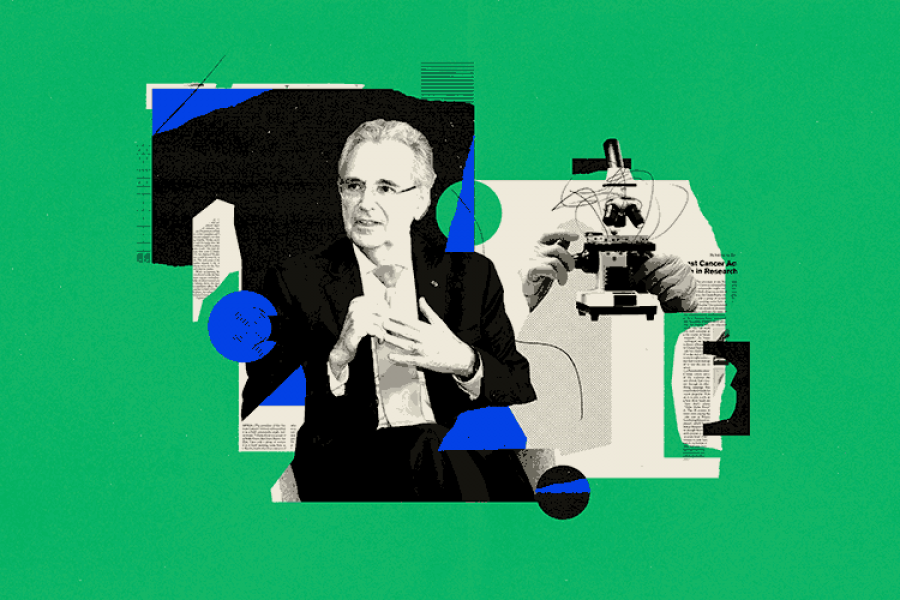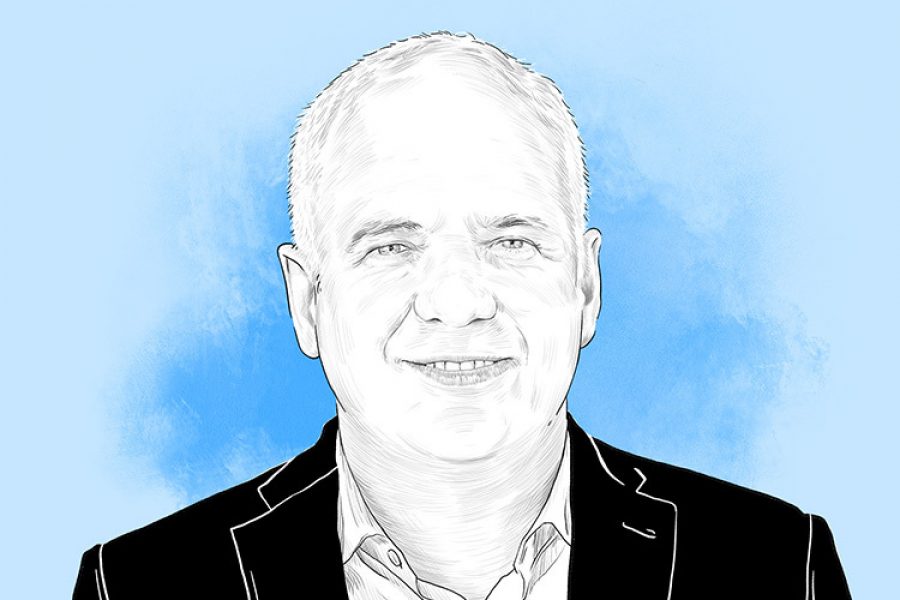Sports nutrition can be the crucial difference between outstanding and underwhelming performances for elite athletes, such as those competing in the Paris 2024 Olympics.
“Good nutrition certainly won’t guarantee you a win, but poor nutrition can make you lose,” says Daniela Marroquín, a sports nutritionist, Doctor of Physical Culture Sciences, and professor in the Nutrition and Wellness program at the School of Medicine and Health Sciences at Tec de Monterrey.
Consider Michael Phelps, the American swimmer who holds the record for the most Olympic medals in history: 23 gold, three silver, and two bronze. His remarkable career led many to question the type of preparation necessary to excel in competitions and break records.
The answer lay not only in his rigorous physical training, including long hours in the gym and pool but also in his high-calorie diet. Known as “The Baltimore Bullet,” Phelps consumed up to 10,000 calories a day—equivalent to the intake of four or five average people—to meet the energy demands required for his intense competitions.
Sports Nutrition and Its Impact on Athletic Performance
Sports nutrition has been significant since ancient Greek times when athletes sought proper nutrition to enhance their Olympic performance. Different types of meat were prescribed based on their disciplines.
Today, sports nutrition is an integral part of an athlete’s support team, customized to meet their specific needs and training intensity.
“The main goal of sports nutrition is to provide athletes with the necessary energy and nutrients to repair and maintain tissues, preventing performance decline during competition,” Marroquín explains.
She points out that nutrition is almost as vital as physical training, accounting for about 40 to 50% of an athlete’s preparation. For example, an athlete who trains intensely for five hours a day but fails to eat properly will lack the necessary energy, potentially affecting performance and leading to issues like injuries and fatigue.
Conversely, consuming too many calories can result in weight gain, which might be detrimental in many sports disciplines.
Macronutrients: Fueling Energy and Recovery
For high-performance athletes, macronutrients function like fuel for a car. They provide the calories necessary for the body and muscles through metabolic oxidation. Metabolism refers to the chemical reactions and cell processes that convert food into energy.
Macronutrients are consumed in larger amounts (grams) and are essential for providing substantial daily energy. They include:
– Carbohydrates: The Primary Energy Source
Carbohydrates are organic compounds processed into glucose molecules, which supply energy to cells through metabolism.
They are found in foods such as cereals (bread, pasta, and rice), fruits (bananas, oranges, and apples), dairy products (milk and yogurt), and vegetables (potatoes and sweet potatoes). Their intake should match the athlete’s body weight, activity intensity, and duration.
– Fats: Another Energy Source
When an athlete’s carbohydrate reserves, such as glycogen, are depleted, the body begins to oxidize fats for additional energy through beta-oxidation, which transforms triglycerides into usable energy.
Fats are commonly found in foods like eggs, olive oil, nuts, avocados, salmon, and seeds. Research suggests athletes should consume between 20% and 30% of their daily calories from fats.
– Proteins: Essential for Muscle Recovery
While proteins are not a primary energy source, they are crucial for maintaining and repairing muscles. During intense training, muscle fibers break down, causing soreness.
The body uses carbohydrates to repair the fibers and proteins to rebuild them. Proteins can be sourced from lean meats (chicken, turkey, pork, beef), dairy products, eggs, fish, lentils, and beans.
Micronutrients and Supplements: Additional Considerations
In addition to macronutrients, sports diets include micronutrients, which are needed in smaller amounts and involve minerals and vitamins.
Micronutrients, including electrolytes like sodium, potassium, phosphorus, and magnesium, are crucial for energy regulation and recovery.
“All of these help maintain water regulation inside and outside the cells, which is why hydration is so important for performance,” Marroquín says.
Supplementation, which involves additional nutrients to enhance performance in specific areas, should be strategic and based on scientific evidence. It should always be under professional supervision to avoid doping and ensure safety and efficacy.
Marroquín emphasizes that supplementation should be tailored to the athlete’s needs, whether for muscle gain or performance improvement.
“Supplementation isn’t inherently bad, but it’s not always necessary,” she says.
Creatine, Beta-Alanine, and Citrulline Malate are commonly used, permitted supplements by anti-doping agencies, classified as “Grade A” for their safety and efficacy.
Currently, Marroquín notes, a classification system for supplements determines their safety and effectiveness based on scientific evidence:
- Grade A: Approved supplements with positive evidence and minimal risk of side effects, including sports gels, multivitamins, and antioxidants.
- Grade B: Supplements with mixed evidence, used at a nutritionist’s discretion.
- Grade C: Supplements lacking scientific evidence of benefits or risks.
- Grade D: Prohibited supplements due to high risks of adverse effects or potential positive results in doping tests.
Doping involves using any unregulated substance to enhance athletic performance.
Personalized Nutrition for Athletes
Each athlete is unique and requires a personalized diet, says Marroquín. The primary differentiator in designing a diet is the energy expenditure of high-performance athletes.
“Typically, an elite athlete’s energy expenditure ranges from 8,000 to 12,000 calories, while an average person’s might be between 1,500 and 2,500 calories,” she explains. “Some athletes train up to three times a day, increasing their energy expenditure by 200% to 300% compared to recreational athletes.”
Sports nutrition teams must calculate the appropriate carbohydrates, proteins, and fats needed. Diets can also vary based on indicators such as:
- Body Composition: Nutritionists currently use technologies and techniques such as anthropometry to measure skinfolds, circumferences, anatomical points, height, weight, sizes, and indices like body mass index (BMI).
- Sex: For elite athletes, the variety of hormones produced by men and women can affect aspects such as muscle mass—testosterone, for example—fat percentages, and body dimensions. Additionally, Marroquín notes significant differences in strength between men and women, leading to different dietary recommendations for each.
- Age: Adolescent athletes have different needs than adults, requiring specific nutrition to support growth, while athletes over 25 may need adjustments based on their metabolism.
- Type of Sport and Intensity: Diets also vary with the type of sport; for instance, endurance athletes like marathon runners need more carbohydrates than sprinters for energy storage and recovery.
Marroquín recommends consulting a sports nutrition expert to create a personalized plan that includes appropriate amounts of carbohydrates, fats, proteins, minerals, vitamins, and supplements to achieve optimal results.
“A good diet will lead to better performance, which will help you reach your goals,” the nutritionist concludes.
Did you find this story interesting? Would you like to publish it? Contact our content editor to learn more at marianaleonm@tec.mx
